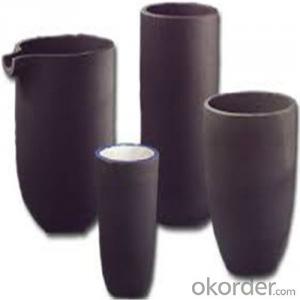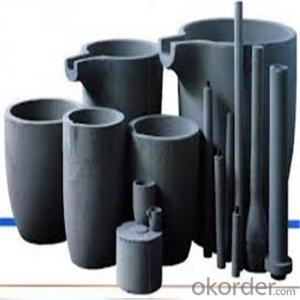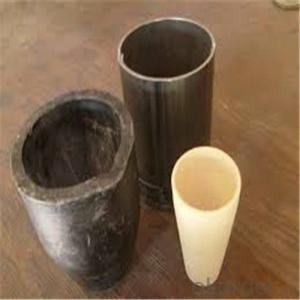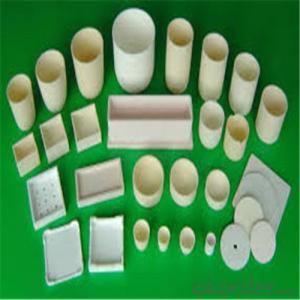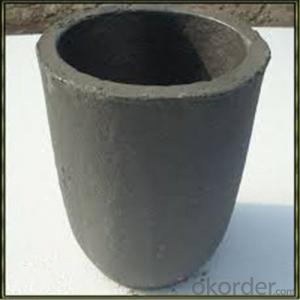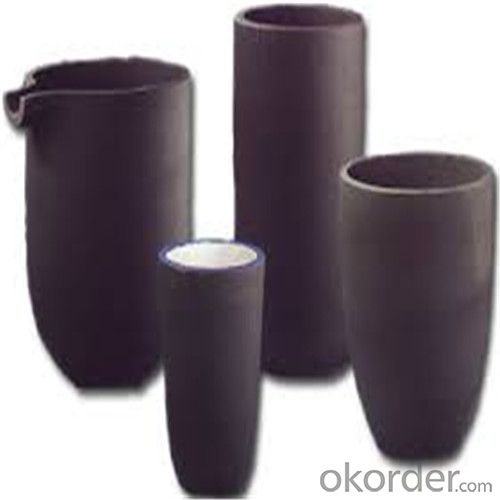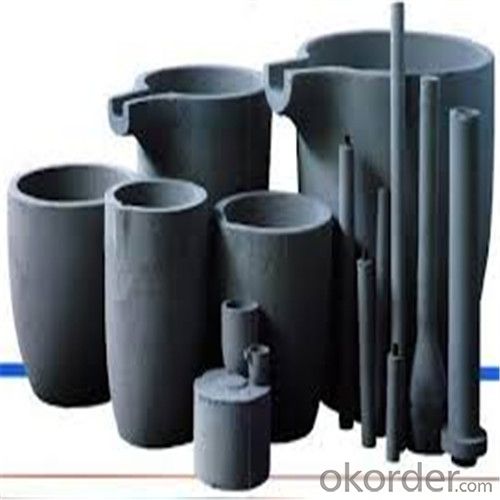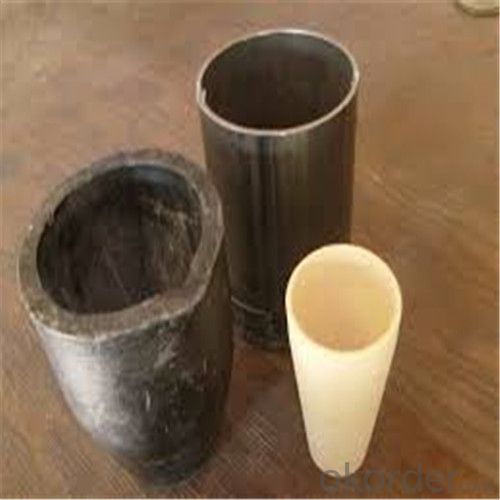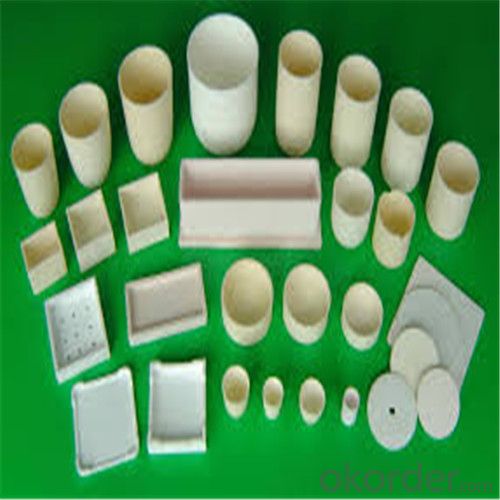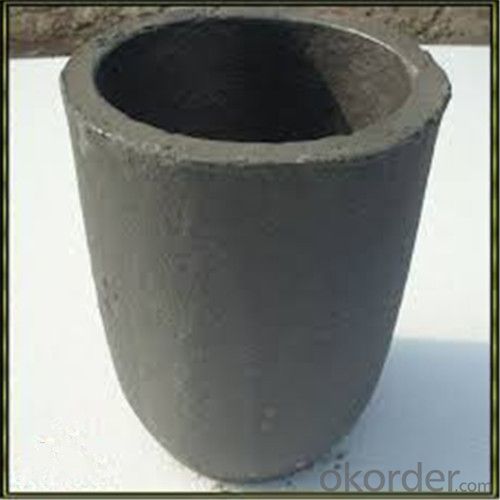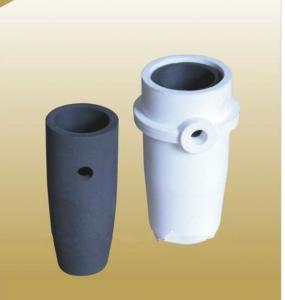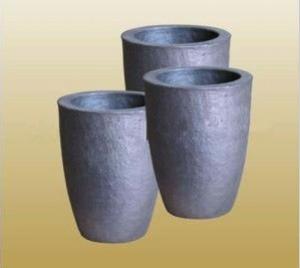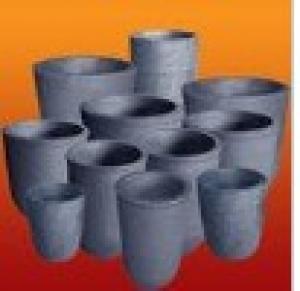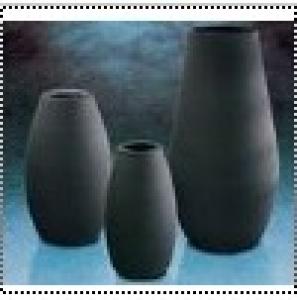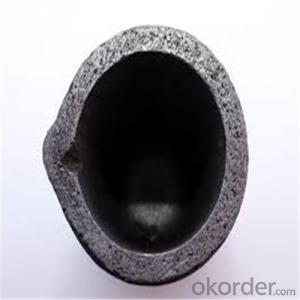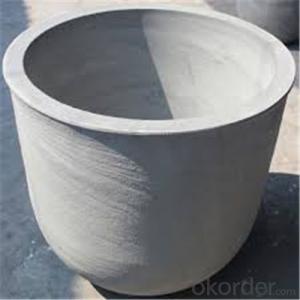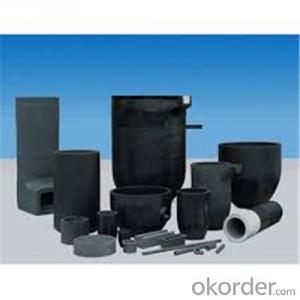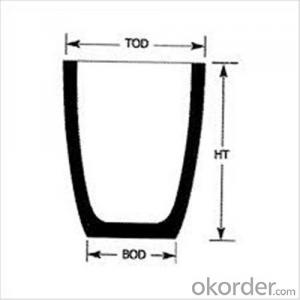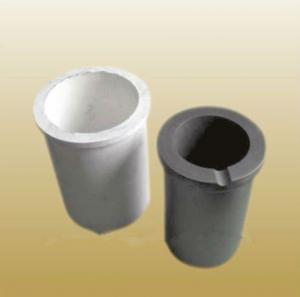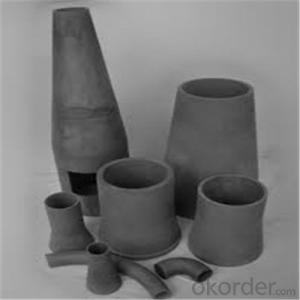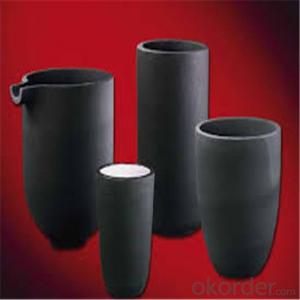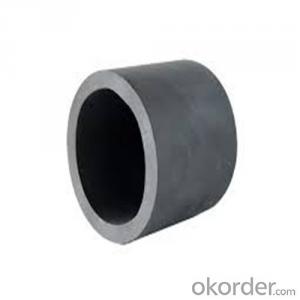Graphite Crucible Diy for Melting Aluminium, Copper, Brass - SIC Crucible
- Loading Port:
- Shanghai
- Payment Terms:
- TT OR LC
- Min Order Qty:
- 1 pc
- Supply Capability:
- 1000 pc/month
OKorder Service Pledge
OKorder Financial Service
You Might Also Like
Quick Details for SiC Graphite Crucibles
| Type: | High Strength, graphite crucible crucible | Application: | melting metal | Height: | as your requirements |
| Composition: | High Pure | Top Diameter: | 10-600mm | Bottom Diameter: | 10-1000mm |
| Place of Origin: | China (Mainland) | Brand Name: | Model Number: | ||
| Color: | Black grey | Si3N4%: | 5min | Fe2O3%: | 0.7max |
| C%: | 30-45 | Apparent porosity: | 30max | Refractoriness: | 1680 |
| Bulk Density: | 1.71min | Using life: | >5000 hours | MAX temperature: | 1600c |
Packaging & Delivery
| Packaging Details: | Seaworty packing or as per customer's detail requirement of graphite crucible. |
| Delivery Detail: | within 20-30 days after confirm order of graphite cru |
SiC Graphite Crucibles For Melting Aluminium And Copper, Brass
Product Description
Specifications for Graphite Silicon Carbide Crucible For Aluminum Melting :
1.Long working lifetime: its working lifetime is increased 3-5 times over normal clay-crucible due to the compact body formed under high pressure.
2.High thermal conductivity: high-density body and low apparent porosity greatly improve its heat conductivity.
3.New-style materials: new heat conduction material ensures faster heat conductivity and pollution-free product, reduces adherent slag.
4.Resistance to corrosion:better anti-corrosion than normal clay-crucible.
5.Resistance to oxidation: advanced process dramatically improves its oxidation resistance, which ensures persistent heat conductivity and long working lifetime.
6.High-strength: high-density body and logical structure make the product better compression property.
7.Eco-friendly: energy-efficient and pollution-free, not only ensure metal product purity, but also ensure sustainable development on environment.
8.Multi-function: Can be used in induction graphite crucible furnace


Graphite crucible can withstand the high temperature, and has good resistance to chemical erosions and thermal shock. Especially graphite crucible is ideal for the melting of aluminum, copper and etc.
Bulk Density | g/cc | 1.70-1.88 |
Specific Resistance | μΩ.m | 6.0-15.0 |
Compressive Strength | MPa | 30-80 |
Bending Strength | MPa | 20-45 |
Shore hardness | 30-70 | |
C.T.E.(100-600°C) | x10-6 /°C | 2.5-5.5 |
Ash | % | 0.01-0.2 |
Maximum Grain Size | mm | 0.044-0 |
Other Products
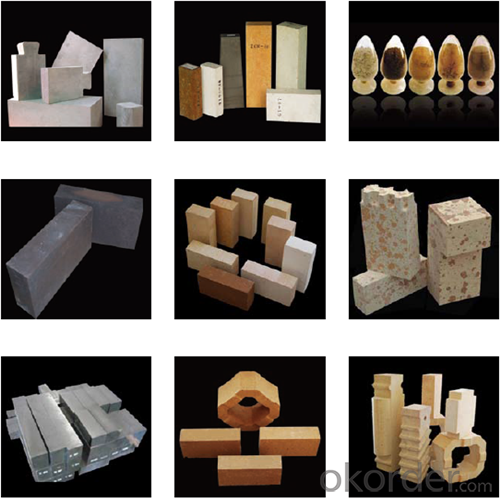
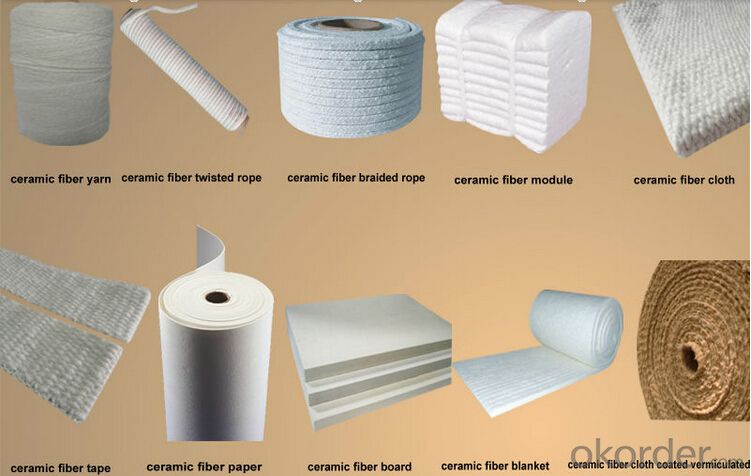
FAQ
1.What's your MOQ?
We will indicate the MOQ for each item in the quotation list. We accept the sample and trail order.
2.Can I negotiate the Prices?
Sure, we may consider discounts for bulk order of products.
3.How long will it take to complete my order?
For the stock items, we can arrange the shippment within 2~3days after received your payment. For the customized items, we will indicate the delivery time in the quotation list.
4.Can you give warranty of your products?
Yes, we extend a 100% satifisfaction guarantee on all items. Please feel free to provide timely feedback if you're not satisfied with N&D's Quality and Service. For the overseas orders, if there is a quality problem, please kindly to provide the picturers to show the problem by e-mail. We will provide the replacements to you at our cost according to actual conditions.
5.Can I visit you?
Sure. If you're a volume buyer and would like to visit our in-house products and production line, please contact us to make an appointment.
- Q: Can graphite crucibles be used for thermal analysis?
- No, graphite crucibles are not typically used for thermal analysis. Graphite crucibles are mainly used for high temperature applications such as melting and casting metals, as well as for chemical reactions that require high heat. In thermal analysis, different techniques are used to study the physical and chemical properties of materials as they undergo changes in temperature. These techniques include differential scanning calorimetry (DSC), thermogravimetric analysis (TGA), and thermal conductivity measurements, among others. For these types of analyses, specialized equipment and materials are required. Typically, ceramic or metal crucibles are used as they have better thermal conductivity and stability at high temperatures, ensuring accurate and reliable measurements. These crucibles are designed to withstand thermal cycling and provide a controlled environment for the sample being analyzed.
- Q: Can graphite crucibles be used for electrode production?
- Yes, graphite crucibles can be used for electrode production. Graphite is an excellent material for electrodes due to its high melting point, thermal conductivity, and electrical conductivity. Graphite crucibles provide a suitable environment for melting and shaping metals to form electrodes, making them a common choice in electrode production processes.
- Q: Is the graphite oven heating evenly?
- If all samples have this situation, then the default atomization of the factory before the 3S stopped gas, into the former 1S stop gas, the use of electromagnetic valve to close the delay of internal gas blowing, basically can solve the problem of 0S peak.
- Q: How does the wall thickness of a graphite crucible affect the melting process?
- The wall thickness of a graphite crucible plays a significant role in the melting process. The thickness of the walls determines the heat transfer rate and the overall efficiency of the crucible. A thicker wall will have a higher thermal mass, meaning it can absorb and retain more heat. This can be advantageous in certain applications where a gradual and controlled heating or cooling process is desired. The increased thermal mass helps to stabilize the temperature and prevent rapid fluctuations, which can be detrimental to the melting process. On the other hand, a thinner wall will have a lower thermal mass and can facilitate faster heat transfer. This can be beneficial when quick and efficient melting is required. The thinner walls allow for faster heat transfer to the material being melted, resulting in shorter melting times and increased productivity. However, it is important to note that a thinner wall may also be more susceptible to thermal stress and cracking due to the higher temperature differentials between the inside and outside of the crucible. This can lead to potential contamination of the melted material or even failure of the crucible itself. Additionally, the wall thickness affects the overall durability and lifespan of the crucible. Thicker walls are generally more resistant to wear and tear, providing a longer operational life. This is particularly important in high-temperature applications where the crucible is subjected to extreme conditions. In summary, the wall thickness of a graphite crucible has a direct impact on the melting process. Thicker walls provide better temperature stability but may lead to longer melting times, while thinner walls allow for faster heat transfer but may be more prone to thermal stress. The choice of wall thickness depends on the specific requirements of the melting process and should be carefully considered to achieve optimal results.
- Q: Are graphite crucibles suitable for melting alloys with low melting points?
- Yes, graphite crucibles are suitable for melting alloys with low melting points. Graphite has a high melting point, excellent thermal conductivity, and is chemically inert, making it an ideal material for use in high-temperature applications such as melting metals and alloys. Graphite crucibles can withstand the high temperatures required to melt alloys with low melting points without cracking or deforming. Additionally, graphite crucibles have good heat retention properties, allowing for efficient and uniform heating of the alloy. Therefore, graphite crucibles are commonly used in industries such as metallurgy and foundries for melting alloys with low melting points.
- Q: Can the silicon carbide bearing in the canned motor pump be replaced by graphite bearing? How big is the difference?
- Yes, our canned pump uses graphite bearings.
- Q: Melting copper slag with a graphite crucible furnace can add any flux, in order to shorten the melting time and save fuel
- If you want to save fuel, it should be mainly due to the quality of the graphite crucible. The graphite content in the graphite crucible is higher
- Q: Graphite used in graphite in the glass industry?
- Graphite used in the glass industry, some graphite crucible furnace, because graphite temperature resistance is good, but the graphite products must be anti oxidation treatment.
- Q: Is it possible to achieve controlled pouring with a graphite crucible?
- Yes, it is possible to achieve controlled pouring with a graphite crucible. Graphite is known for its excellent thermal conductivity and high melting point, which allows for precise control over the pouring process. Additionally, the smooth and non-reactive surface of graphite minimizes the risk of contamination, ensuring accurate and controlled pouring of molten materials.
- Q: How do you prevent graphite crucibles from thermal shock during use?
- To prevent graphite crucibles from thermal shock during use, there are several measures that can be taken: 1. Preheating: Before using the crucible, it is important to preheat it gradually. This can be done by placing the crucible in a kiln or furnace and slowly increasing the temperature. This process allows the crucible to expand uniformly and minimizes the risk of thermal shock. 2. Avoid sudden temperature changes: Graphite crucibles should be heated and cooled slowly to avoid abrupt temperature changes. Rapid heating or cooling can cause thermal stress, leading to cracks or even breakage. It is advisable to use a programmable kiln or furnace that allows for controlled temperature ramping and cooling rates. 3. Use insulating materials: Insulating materials, such as ceramic fiber blankets or boards, can be used to surround the crucible during heating and cooling processes. These materials provide thermal insulation, reducing the rate of temperature change and minimizing the risk of thermal shock. 4. Proper handling: It is important to handle graphite crucibles with care to prevent accidental impacts or drops, which can cause cracks or fractures. Always use appropriate tools or tongs when moving or manipulating the crucible to avoid physical damage. 5. Avoid contact with water or other coolants: Graphite crucibles should not come into direct contact with water or other coolants while they are at high temperatures. This can cause rapid cooling and thermal shock. If cooling is necessary, it is recommended to allow the crucible to cool naturally in the ambient environment or use a controlled cooling process. By following these preventive measures, the risk of thermal shock in graphite crucibles can be significantly reduced, ensuring their longevity and performance in high-temperature applications.
Send your message to us
Graphite Crucible Diy for Melting Aluminium, Copper, Brass - SIC Crucible
- Loading Port:
- Shanghai
- Payment Terms:
- TT OR LC
- Min Order Qty:
- 1 pc
- Supply Capability:
- 1000 pc/month
OKorder Service Pledge
OKorder Financial Service
Similar products
Hot products
Hot Searches
Related keywords
